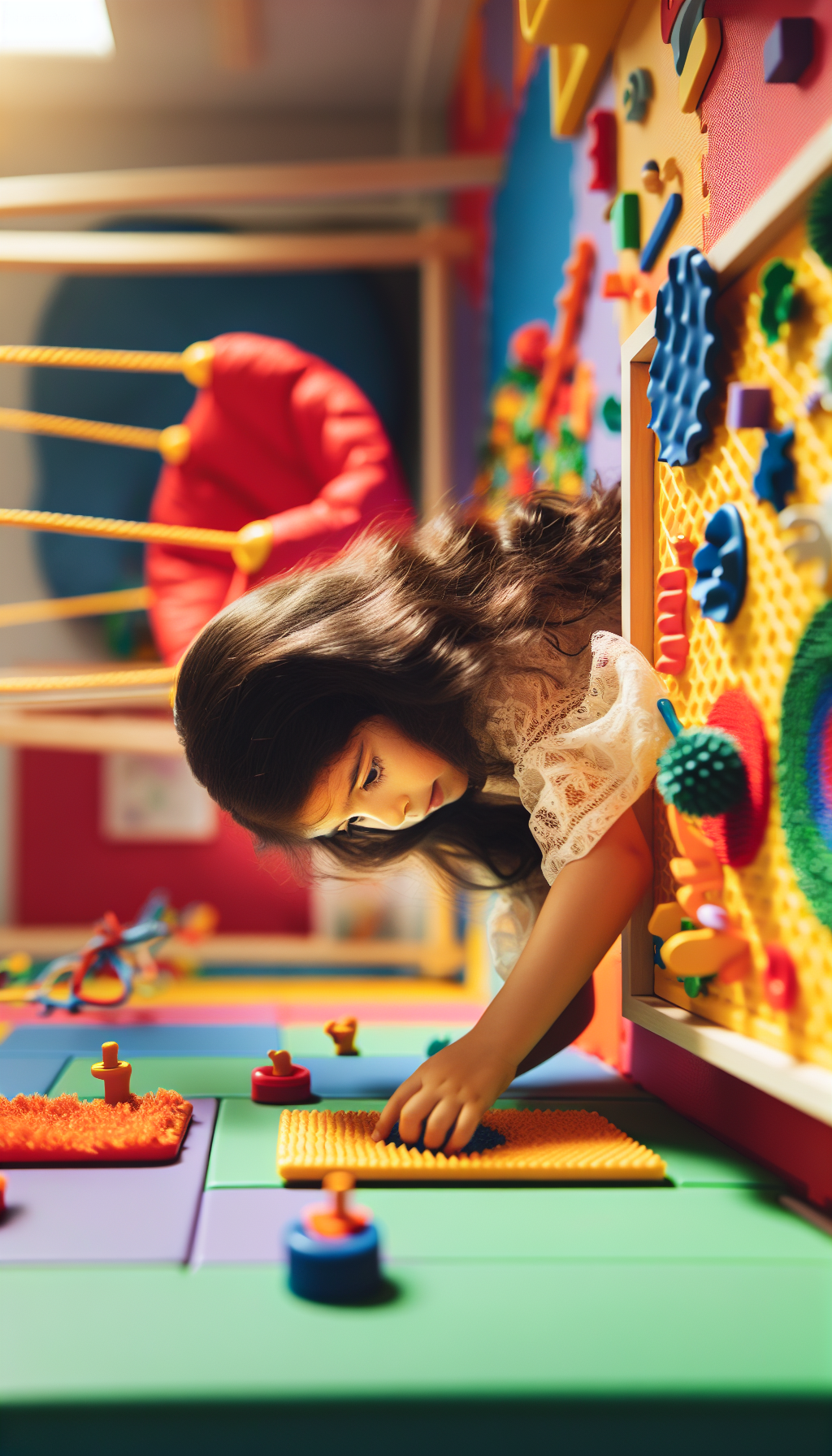In an educational landscape that increasingly recognizes the diverse needs of learners, creating adaptive classrooms for sensory-sensitive students is not just an act of inclusion but a necessity for fostering educational success. Sensory sensitivities can profoundly affect a student’s ability to engage with the learning environment, necessitating adaptations that cater to a range of sensory processing challenges.
Understanding Sensory Sensitivity in the Classroom
Sensory sensitivity, or sensory processing sensitivity, refers to the way individuals experience sensory information. For some students, the everyday sensory stimuli in a typical classroom setting — fluorescent lighting, the hum of chatter, or the scent of cleaning products — can be overwhelming, distracting, or even distressing. This can inhibit their ability to concentrate, learn, and interact with peers, leading to a compromised educational experience.
Creating an adaptive classroom involves modifying the environment and teaching methods to accommodate these differences in sensory processing. This approach aligns with the broad principles of Sensory Health, which emphasizes the importance of understanding and supporting the sensory needs of individuals.
Best Practices for Adaptive Classroom Design
Sensory Zones
One strategy for creating a supportive learning environment is the establishment of sensory zones within the classroom. These areas are designated spaces where sensory-sensitive students can retreat when they feel overwhelmed. They may include soft lighting, comfortable seating, or sensory tools such as fidgets or weighted blankets.
Sensory Diets
A "sensory diet" is a tailored set of activities and experiences designed to provide the sensory input a student needs to stay focused and organized throughout the day. It may include physical activities like jumping or swinging, tactile experiences with various textures, or auditory stimulation through music or white noise. For more on this, consider exploring the Benefits of Sensory Diets in Adults with Sensory Processing Disorder.
Flexible Seating Options
Providing a variety of seating options allows students to choose where and how they learn best. This might include traditional desks, standing desks, wobble chairs, or soft floor cushions. Each option serves different sensory needs and can help students self-regulate.
Controlled Sensory Stimuli
Minimizing unnecessary sensory stimuli can make a significant difference. This might involve using natural lighting instead of fluorescent lights, incorporating noise-dampening materials like carpets and wall hangings, or using unscented cleaning products.
Use of Technology
Assistive technology can also play a role in supporting sensory-sensitive students. For example, noise-cancelling headphones can help minimize auditory distractions, while tablets or computers can offer personalized learning experiences that may be less overwhelming than traditional methods.
Integrating Sensory Strategies into Teaching
Visual Supports
Visual schedules, charts, and organizers can help reduce anxiety by providing clear expectations and structure. They also minimize the need for verbal instruction, which can be challenging for some sensory-sensitive students.
Instructional Adaptations
Teachers can adapt their instruction by breaking down tasks into smaller, manageable steps, providing clear and concise instructions, and using multimodal teaching strategies to cater to different sensory preferences.
Sensory Breaks
Regularly scheduled sensory breaks can be an effective way to help students regulate their sensory systems. These breaks can include structured activities like stretching, deep breathing, or walking.
Collaborative Learning
Collaborative learning can help sensory-sensitive students by providing an opportunity to learn from peers in smaller groups, which can be less overwhelming than larger class discussions.
Supporting Sensory Health Beyond the Classroom
The principles of adaptive classroom design extend beyond the school walls. Sensory-friendly approaches are also important in other environments, such as public transportation design and playground construction.
Case Studies and Further Reading
Educators and administrators looking to deepen their understanding of adaptive classroom design can find valuable insights in case studies and specialized literature. For instance, the STAR Institute for Sensory Processing Disorder offers resources on sensory-friendly teaching techniques.
The Child Mind Institute also provides resources on creating trauma-sensitive classrooms, which can be especially beneficial for sensory-sensitive students who may have experienced trauma.
Conclusion
Adapting classrooms to meet the needs of sensory-sensitive students is a multifaceted endeavor that requires thoughtful planning, collaboration, and a commitment to inclusivity. By implementing the strategies discussed, educators can create a learning environment that not only supports sensory-sensitive students but also enriches the educational experience for all learners.
As we continue to recognize the importance of sensory health in all aspects of life, from language acquisition to healthy aging, it becomes clear that adaptive, sensory-friendly environments are essential for fostering well-being and success.
By embracing the principles of sensory-sensitive design and teaching, we can ensure that our classrooms are welcoming spaces where every student has the opportunity to thrive.



